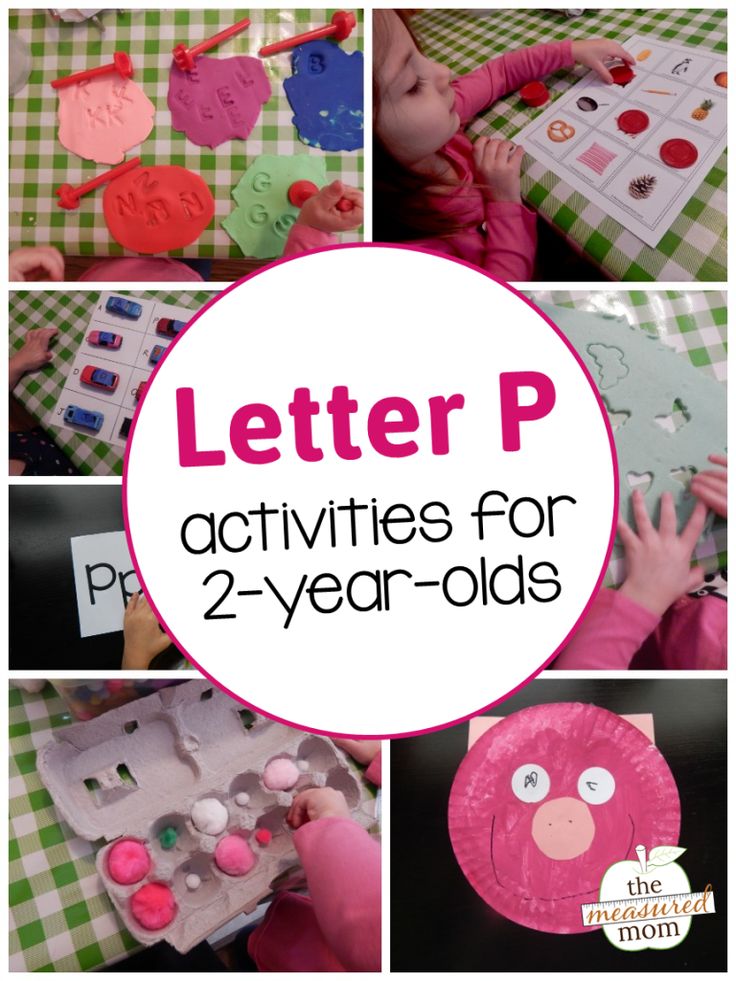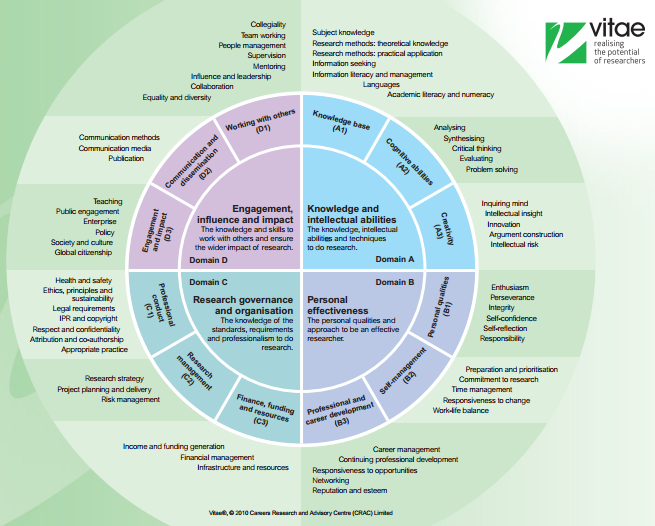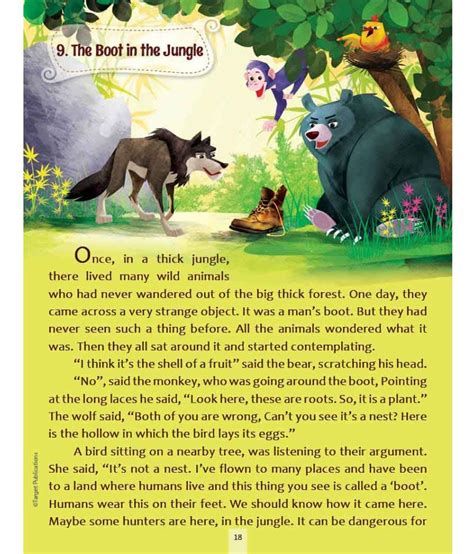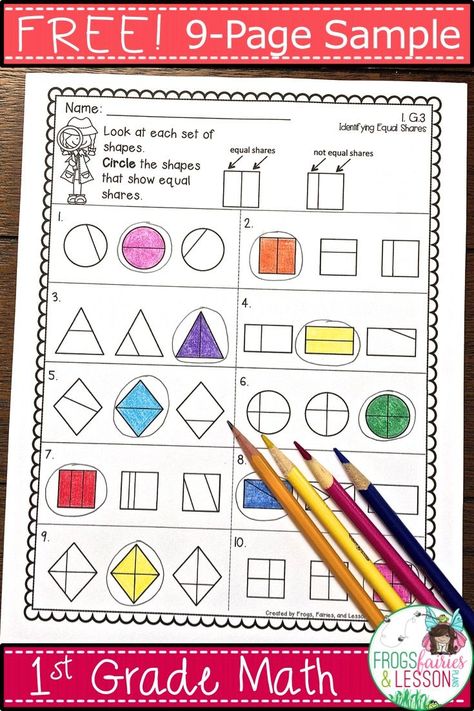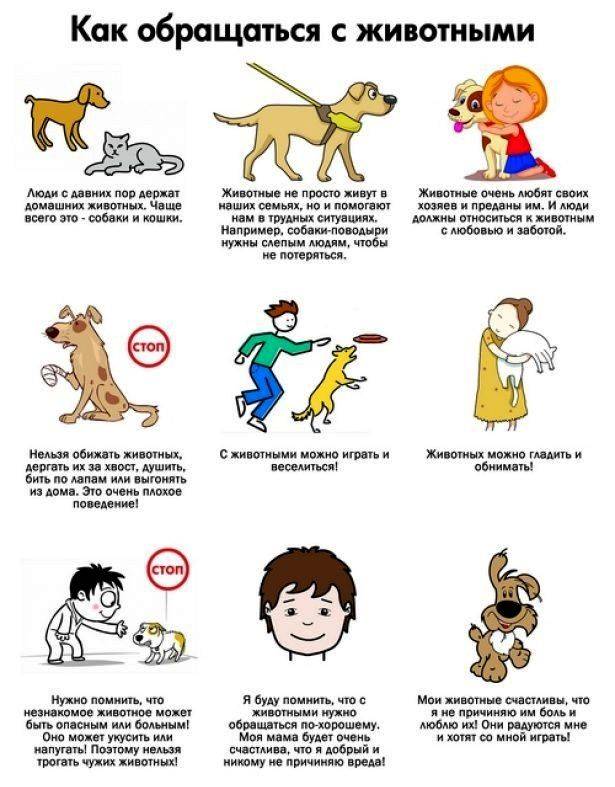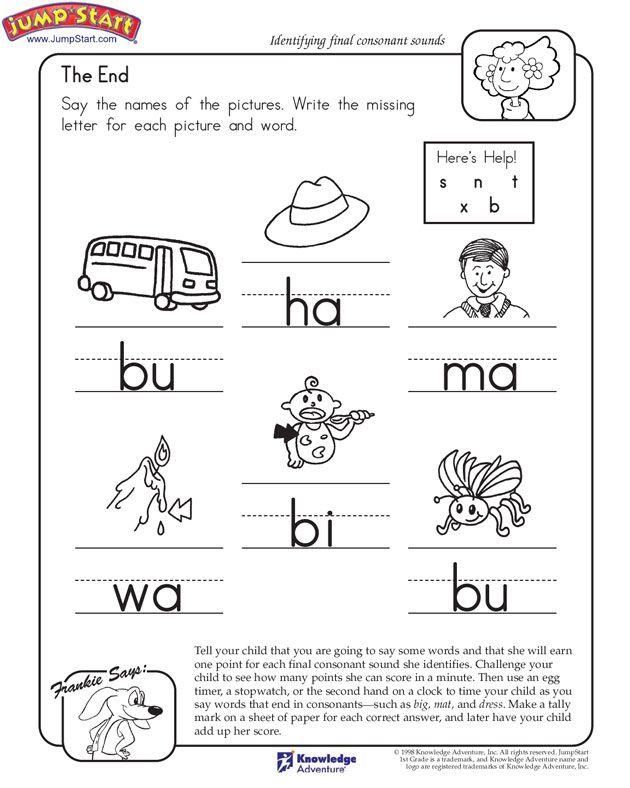When should a child know their letters
FAQ: Your Reading Child
Q: How old should a child be when he or she learns to recognize letters?
A: Most children learn to recognize letters between ages 3 and 4. Typically, children will recognize the letters in their name first. By age 5, most kindergarteners begin to make sound-letter associations, such as knowing that “book” starts with the letter B.
Q: How old should a child be when he or she learns to read?
A: By age 6, most 1st graders can read some words aloud with ease. Typically, children recognize their names and some sight words. At this age most children can sound out some letter combinations. By 2nd grade, most children are able to sound out a simple book.
Q: What is phonics?
A: Phonics is simply the method of teaching someone to read by sounding out letters and letter groups. Phonics practice can involve reading books with only simple words, many of which rhyme or have similar letter patterns.
Q: How do you read with a child who is just learning letters and sounds?
A: To introduce the concept of letters and sounds, start by showing your child the letters in her name. Name each letter and sound out each sound. You can do this with other words that interest her (mom, dad, baby, etc.). Once your child knows most of the letters in the alphabet, point to letters in the books you read with her, and ask her what they are. Show her how you sound out simple words:
This word starts with “D” which is the “duh” sound. Then there’s an “o” and a “g”. The “g” makes a “guh” sound. “Duh”-o-“guh”. Do you think that word is dog?
As your child learns to read, try alternating pages in a simple book — you read one page, she tries to read the next.
Q: What are appropriate books for my child’s age and/or level?
A: Using Lexile Measures or Leveled Reading, your child’s school has probably determined the level at which your child is reading. Your goal is to help your child pick books that are challenging, but not too hard to enjoy. Librarians, teachers, and online databases like those at www.lexile.com can help.
Q: What is leveled reading?
A:Leveled reading is a way to match a reader to a book that is at the just-right level for him. An emerging reader needs to be challenged to read more difficult books, but the books can’t be too hard for him to attempt on his own. When entering a leveled reading program, a student first takes a test to determine his level.
An emerging reader needs to be challenged to read more difficult books, but the books can’t be too hard for him to attempt on his own. When entering a leveled reading program, a student first takes a test to determine his level.
Q: What is a Lexile Measure?
A: Both books and readers can be measured using the Lexile Framework. If your student has taken a test at school and received a Lexile Measure, you can visit www.Lexile.com to learn how to best use this information, including ways to find the perfect level book for your child.
Q: My child isn’t reading at his grade level and he says she “hates” reading. What should I do?
A: If your child falls behind even in early elementary school, you may want to have her evaluated for a learning disability. Even if the result is inconclusive, it’s best to know if your child has any special issues, as there are methods to teaching reading to children with special needs that work better than some traditional reading programs. Alternately, your child might just need more engaging books. There are many books available, such as the Captain Underpants series, as well as comic books, which “reluctant readers” love. Keep your child engaged with reading by encouraging her to read what she enjoys.
Alternately, your child might just need more engaging books. There are many books available, such as the Captain Underpants series, as well as comic books, which “reluctant readers” love. Keep your child engaged with reading by encouraging her to read what she enjoys.
Q: Where can I find lists of quality children's books?
A: The Association for Library Service to Children grants book and media awards to the best offerings for children. This is where you can find information on recent Newbery Award winners (most distinguished contribution to American literature for children) and Caldecott Medal winners (most distinguished American picture books), among others. This site also houses multiple book lists for children
Q: How can I encourage my child to read despite all the other distractions?
A: The best way to show that reading books can be fun and rewarding is to model the behavior you want from your children After dinner or on a lazy weekend afternoon, instead of turning on a movie or the TV, curl up with your own book, and encourage your child to do the same. Young children also love being read to, and if you are tired of the books in your house, a trip to the library can give you a new stack to read. Even if this only happens once a week, it may become a cherished family tradition.
Young children also love being read to, and if you are tired of the books in your house, a trip to the library can give you a new stack to read. Even if this only happens once a week, it may become a cherished family tradition.
At What Age Should a Child Know the Alphabet? – Smaller Scholars
As children grow, they naturally hit learning milestones. One of the most critical educational milestones a child must reach is learning the alphabet, which prepares them for reading and writing.
But at what age should a child know the alphabet?
In this article, you will learn at what age a child should know how to recite the alphabet, recognize and write individual letters, learn letter sounds, and eventually learn how to read. Read on to make sure your little one is on the right track!
At What Age Should a Child Know the Alphabet?
Recitation
Typically, by the age of three, children should be able to recite the alphabet. However, every child is different. Some toddlers may learn in their twos, and others might not pick it up until the late threes.
Some toddlers may learn in their twos, and others might not pick it up until the late threes.
Children generally learn how to recite the alphabet through repetition. If you sing the ABC song to your kids often, they are more likely to pick it up quicker, just as they would any song.
Recognition
Most children can recognize letters between the ages of three and four. Most kids will recognize the letters in their name first.
For example, a boy named Jace will probably be able to remember what the letter “J” looks like as well as recognize most other letters in his name. Similar to alphabet recitation, use repetition to teach your children about recognizing individual letters. You may ask them, “What letter is that?” whenever you see an isolated letter.
Writing
By ages four to five, children will start writing letters. Children will learn to write the alphabet in preschool and kindergarten, but it may be beneficial to have your child practice writing his/her letters at home.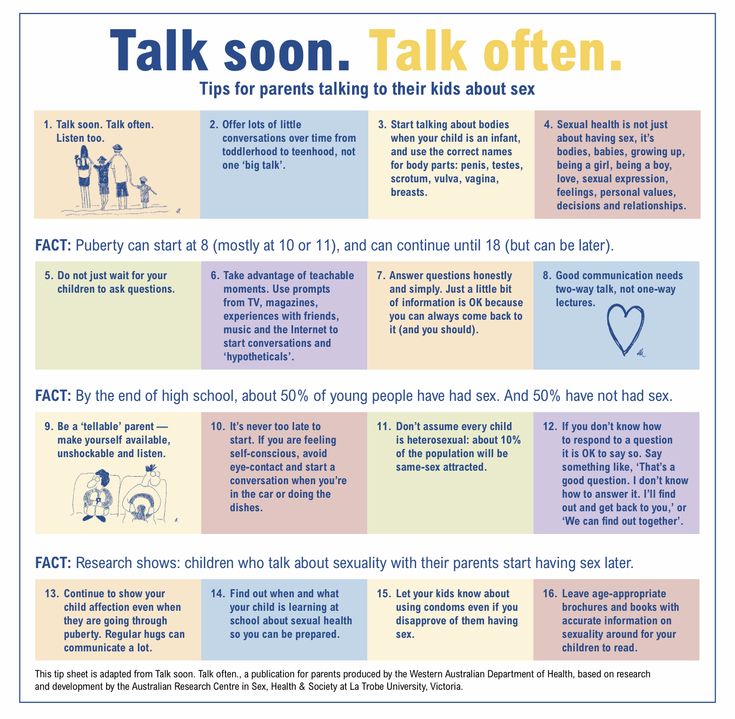 Most children at this age know that written symbols represent messages and may be interested in writing on their own. One of the easiest ways children learn how to write letters is to begin tracing them.
Most children at this age know that written symbols represent messages and may be interested in writing on their own. One of the easiest ways children learn how to write letters is to begin tracing them.
Additionally, teaching your child how to write his/her name is an important step that will ultimately help them become familiar with writing the rest of the alphabet.
Sounds
By five years old, children will start to associate letters with their accompanying sounds, otherwise known as phonics. In other words, around the age of five, children should be able to reason that the word “book” starts with the letter B.
Children begin learning phonics in kindergarten, which is a vital step to decoding written text and begin reading.
Reading
By six years old, first graders should be able to read words aloud with ease. For the most part, children can recognize sight words and their names. Moreover, children can decode some words by sounding out their letter combinations.
By second grade, a child should be able to sound-out a simple book. By the third grade, your child should be able to read independently and fluently. By this point, your child should be a master of the alphabet and is ready to master the art of reading!
What If Your Child Isn’t Learning at the Rate S/He Should?
It’s important to remember that every child is different and may learn at a different rate. If your child isn’t learning the alphabet at the pace s/he should, one reason may be because s/he isn’t interested or is simply undergoing a minor setback.
However, if your child is falling severely behind, it’s important to find out if your child truly has a problem learning or if it is nothing to worry about. Therefore, work one-on-one with your child to determine if there is a problem. For example, practice reading and writing with your child. If s/he is having a hard time comprehending the instruction or if it’s taking him/her an abnormally long time to do the task, consider talking with your child’s teacher about it.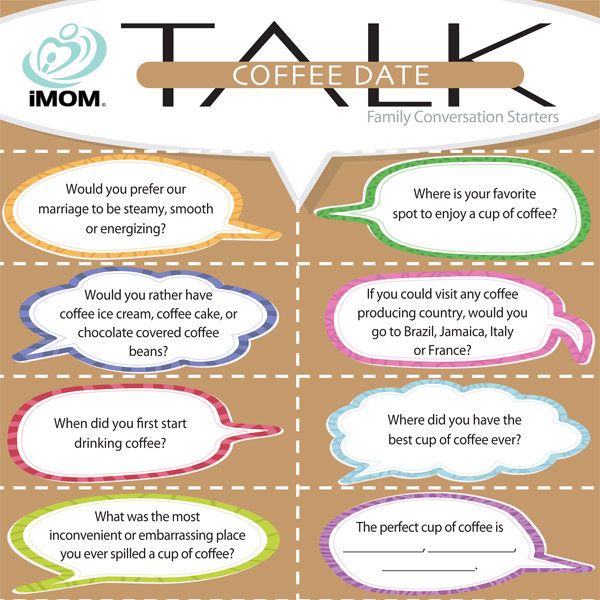
In the end, if you suspect your child might have a reading or learning disability, discuss it with a doctor. If your child is truly suffering from a reading disability, it can cause him/her to fall behind in his/her education. The sooner you seek help, the sooner you will be able to find a solution that works for your precious little one!
Learn the Alphabet at a Top-Tier School!
So at what age should a child know the alphabet? Learning the alphabet is an ongoing process. That being said, it’s crucial to enroll your little one in a school that will not only teach him/her but also helps develop in him/her a love of learning.
Smaller Scholars Montessori Academy helps children become more confident, creative, and independent through the acclaimed Montessori experience. You can enroll your child in the toddler program, which is for kids between the ages of eighteen months and three years, or in the primary program, for children between three and six years. In both programs, children have a rich classroom environment in which they are encouraged to explore, learn, and thrive. Then, as children grow older, they can explore the elementary program for kids up to twelve years old.
Then, as children grow older, they can explore the elementary program for kids up to twelve years old.
What are you waiting for? Ensure your child learns the alphabet and how to read by enrolling your child in Smaller Scholars Montessori Academy! Contact them to learn more.
What should a child aged 4-5 know and be able to do?
By the age of 4-5, children are usually completely mastered in kindergarten, a certain independence appears. Many parents begin to worry about the question of whether their baby is lagging behind in development from their peers in the group. Are there any problems and what should I pay attention to.
So, let's try to determine what a child at this age should know.
Thinking/memory :
- find differences between similar pictures
- put together various puzzles, designer according to the model of
- collect pyramids, missing figures into other figures
- memorize and recite short verses
- understand why it is impossible to do something and explain it clearly
- be able to build complex sentences of 8-10 words so that everyone can understand it
- able to carry on a conversation : answer questions, ask questions independently
- know your full last name , first name and patronymic, your age and city of residence
In the area of the surrounding world :
- know the seasons and their signs
- distinguish domestic and wild animals, vegetables, fruits, berries
What a child aged 4 to 5 should be able to do
- independently fasten and unbutton buttons, zippers
- know how to at least untie shoelaces
- Spoon and fork handle well
- be able to draw straight lines and even circles
- coloring pictures without going beyond their borders
- to distinguish between right and left hand, right and left foot.
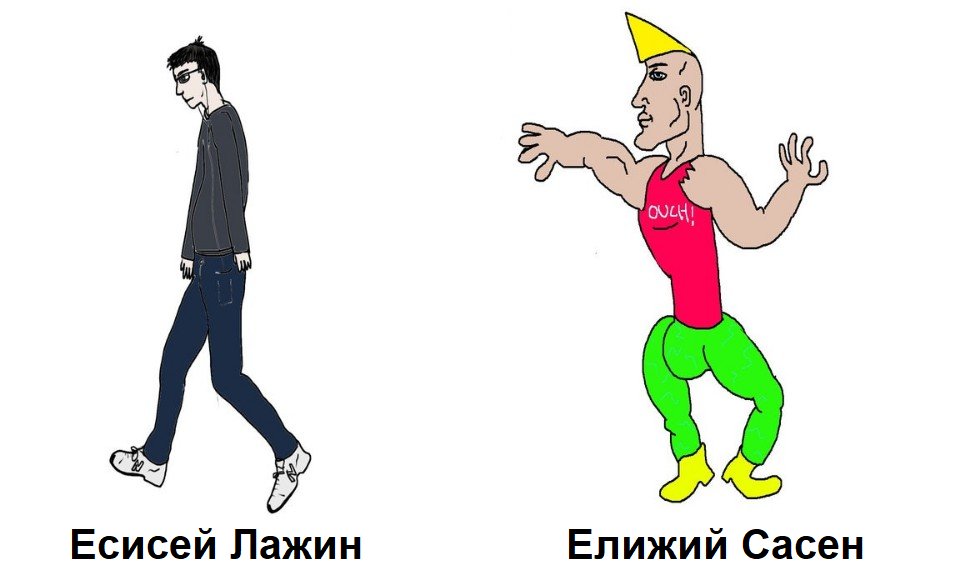
At this age , child can also start learning one foreign language. The main thing is to teach correctly so that later teachers at school do not have to re-teach him, and it will be difficult for a child to understand why it is necessary to speak in a completely different way.
By the age of five there is a significant leap in the development of children . There is an active development of speech, memory, attention, thinking, fine motor skills of the hands.
Mathematics.
- By the age of 4-5 years a child should learn to count within the first ten, from 1 to 10, know how the numbers from 1 to 10 are written in writing.
- Good if child can compare objects by size (length, height, width) . If the baby does not yet possess this skill, it is necessary to teach him this by placing objects in order of decreasing or increasing size.
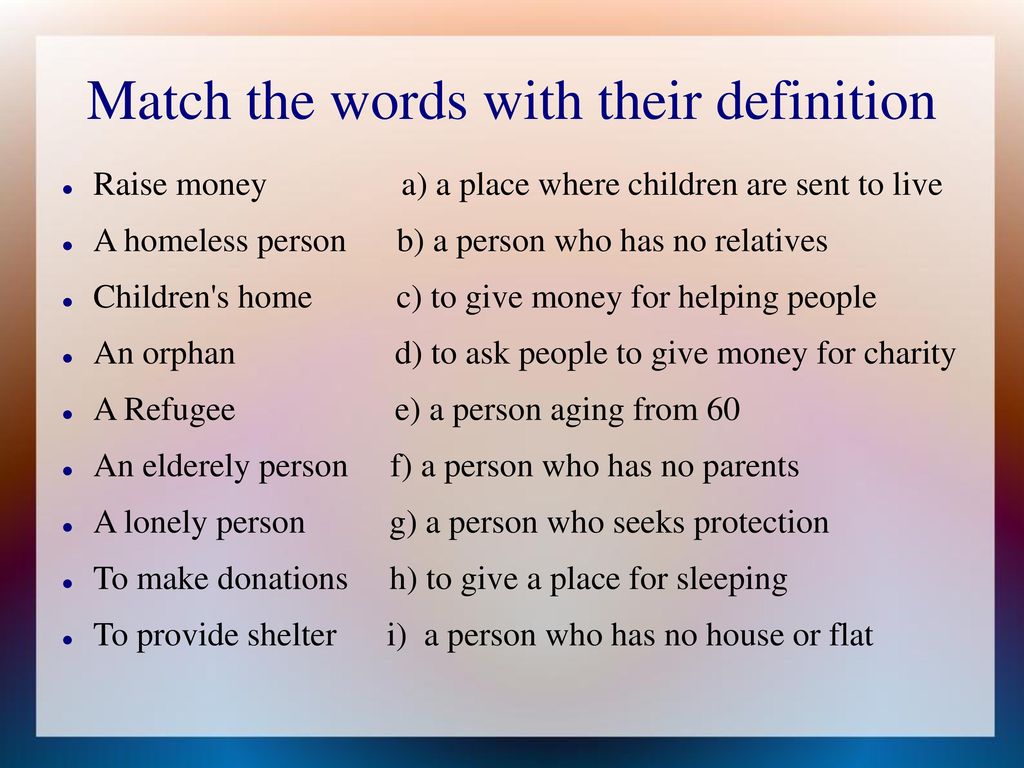 Start with three subjects, bringing the number of subjects to ten by the age of five.
Start with three subjects, bringing the number of subjects to ten by the age of five. - At this age a child must learn to navigate on a sheet of paper, know and understand concepts "top" , "bottom" , "right" , "left" .
- Be able to divide a group of objects into two equal parts.
Speech development
- By the age of 4-5 a child must be able to find antonyms (words that are opposite in meaning to given words) 9010. This skill is well developed in word games.
- Teach child to form generalizing words, for example, a hat made of fur - a fur hat. And also, form new words, for example, sugar lies where (in the sugar bowl) .
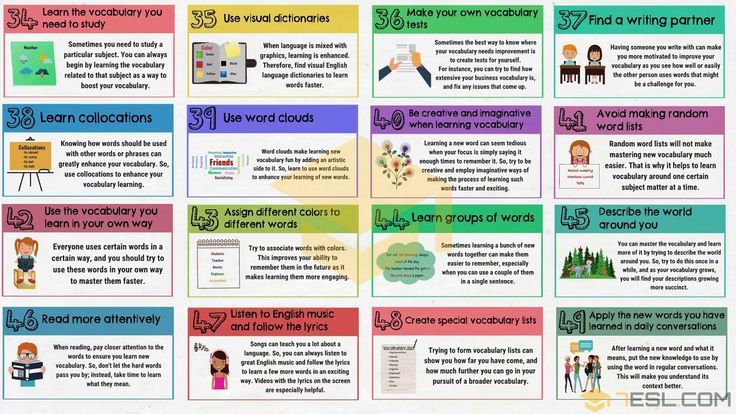
- Change the form of the verb, coordinating with other words in the sentence: (I want to walk - We want to walk - You want to walk - You want to walk - He wants to walk - They want to walk).
- The child should be able to explain the meaning of a sentence or a short text heard and isolate the main idea.
It is necessary to train the ability to compose a short story from a picture, observing the correct word order in a sentence.
Diploma
By the age of 4-5, a child learns to determine the place of a letter in a word, for example, where is the letter "A" in the word stork: at the beginning, in the middle or at the end of the word.
Be able to divide words into syllables and determine how many syllables are in a word.
Distinguish between hard and soft consonants.
The world around
- By the age of 4-5 years the child should know the names and surnames of his parents ,
brothers and sisters.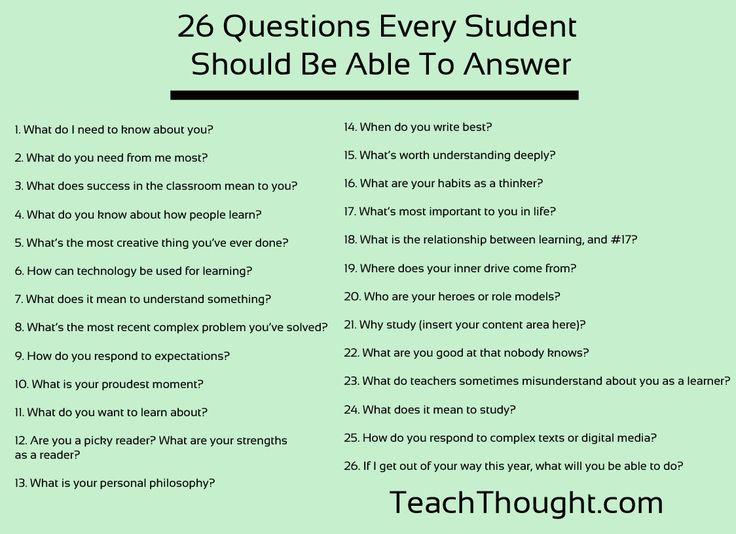
- Name signs of the seasons.
- To know the parts of the day , be able to navigate them, and also tell what he does at different times of the day.
- Kid should be able to explain how a garden differs from a kitchen garden.
- Name which animals live in hot countries and which in cold ones.
- Well, if child can tell about the purpose of service cars.
- Know some sports.
Attention
- The child must be able to find an object along the contour.
- Comparing two similar pictures, find five or six differences.
- Out of five or six pictures be able to find two exactly the same.
- Looking at the whole picture, find the place of a separate fragment on it. This skill is well trained by playing cubes and puzzles.
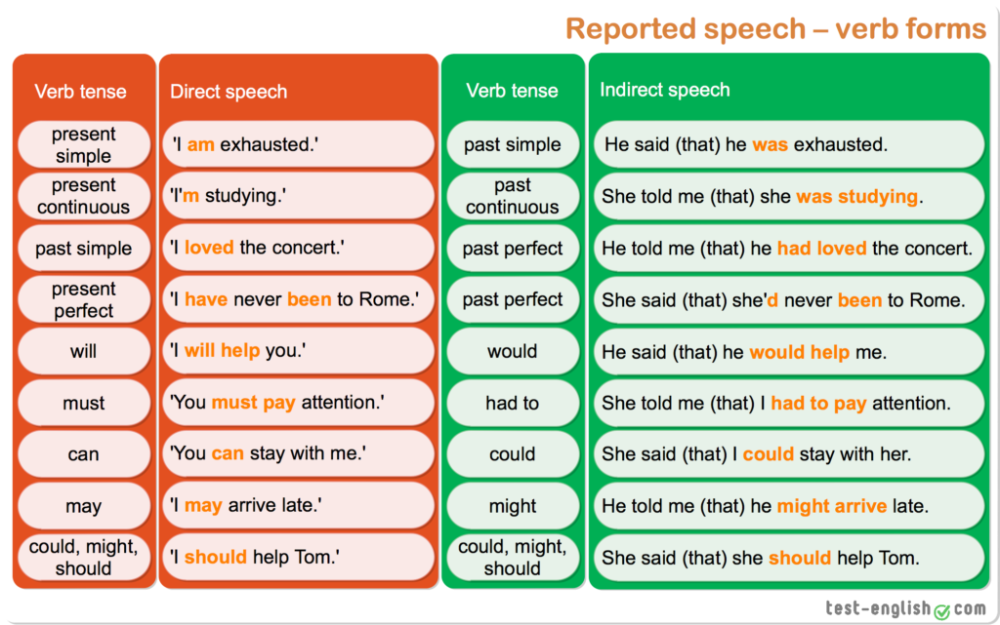
- Find a common feature in five objects.
Memory
- At this age voluntary memorization begins to form. Adults need to teach children how to memorize . To do this, you can use games to develop memory.
- At 4-5 years old child , looking at the picture for 30-60 seconds, must memorize 4-5 objects depicted on it.
- Teach your child to memorize pairs of objects using an associative memorization method, for example: a basket - a berry; tree - apple; hen is a chick. Show first pairs of pictures, and then one picture from a pair, the second picture the child must remember himself .
- Child must memorize and reproduce the number of items within five, the colors of five items.
- Looking at the plot drawing, the child must remember and reproduce as many details as possible.

Thinking.
- By the age of 4-5 a child should be able to name a group of objects with a generalized word: vegetables, fruits, animals, birds, clothes, dishes, furniture, etc.
- Be able to find an extra object in a group of objects that does not belong to this group and explain your choice.
- Be able to find objects by describing their characteristics (inventing and guessing riddles, finding common signs in 3-4 objects.
- At this age the child must learn to determine the sequence of events.
- Be able to solve simple logic problems.
Fine motor skills
It is very important at this age to continue to develop fine motor skills of hands child , prepare the child's hand for writing.
- Teach child how to hold a pen, pencil, brush in hand.

- Learn to carefully shade a picture.
- Carefully outline the picture along the dotted line.
Analyze what your child at 4-5 years old knows and can do . What tasks does your baby cope with easily, and which ones cause him difficulties. Maybe the kid did not understand the task, or he does not have enough knowledge and skills. Pay more attention to the development of missing skills. Should not be overloaded child . In this age he is able to hold attention for 15-20 minutes. And don't forget to praise your baby.
What a 6-year-old child should know and be able to do
Six-year-old children are the oldest in kindergarten, so they rightfully feel like real adults. Ahead is a completely different life, outside the walls of the beloved garden, with new responsibilities, habits and traditions. This age can be called a rehearsal of school life. The child is gradually approaching a new stage of learning, so the baby’s mind not only actively absorbs all the necessary information, but also does not get tired of deepening knowledge, changing their point of view and their own assessment. In the knowledge of the new there are no restrictions, but there are always common points that are characteristic of a certain age. Let's find out together what a child at this age should know and be able to do?
In the knowledge of the new there are no restrictions, but there are always common points that are characteristic of a certain age. Let's find out together what a child at this age should know and be able to do?
At the age of six, the world around the baby is already familiar to him. The child easily distinguishes wild animals from domestic ones, correctly names animal cubs, knows about wintering and migratory birds, aquarium and sea fish, and can also tell where this or that individual lives and what it eats. Knowledge of the animal and plant world makes it easier to navigate in time and natural phenomena. The kid knows the sequence of months and days of the week well, he can tell how many months in a year and days in a week. The horizons of a child are not limited only to the world outside the window. Already familiar objects attract much more attention. At 6 years old, the baby knows and is able to distinguish what most things are made of (wood, glass, plastic, metal) and distinguishes them by complex shades of color (pistachio, apricot, purple).
The ability to put into words your thoughts and feelings is an important skill for a preschooler. By the age of six, the baby's vocabulary is about 4-6 thousand words. In addition, the child pronounces all the words with virtually no errors, knows how to coordinate them in simple and complex sentences, and also uses direct and indirect speech. At 6 years old, the baby knows how to keep up the conversation, easily answers questions about himself and his favorite activities. Reading books together increases not only vocabulary, but also teaches the child to reason, analyze the actions of the characters, give them their own assessment and retell the moments they like. When collecting puzzles, try not to complete tasks for speed, but draw your child's attention to the artistic concept, shades of colors and characters in the paintings.
You can express your emotions and feelings not only by words and actions. A six-year-old child has a high level of emotional development. The kid is well acquainted with joy and sadness, sadness and resentment, pleasure and happiness. Often the child cannot independently cope with the feeling that has come over him, does not know why it happened and what to do next.
The kid is well acquainted with joy and sadness, sadness and resentment, pleasure and happiness. Often the child cannot independently cope with the feeling that has come over him, does not know why it happened and what to do next.
In order for words to form into sentences faster and easier, a child needs to be literate. A six-year-old child is well able to distinguish a letter from a sound, can find and show a certain letter at the beginning, middle and end of a word and name words on it. In addition, the baby actively divides words into syllables, sentences into separate words and can read a short sentence of 4-5 words.
When parsing a word into letters and sounds, a child will find counting very useful. What knowledge in mathematics is typical for six years? A six-year-old kid is well acquainted with numbers up to 20, can restore a number series with missing numbers, easily solves not only examples, but also tasks for counting and comparing numbers. Also, the child may be actively interested in the number series after 20 or want to know what is the largest number in the world. We recommend that you introduce your child to numbers up to 100.
We recommend that you introduce your child to numbers up to 100.
A six-year-old child can also apply some mathematical laws in logic. For example, a child can easily build a logical series of figures, words or numbers, finding a common pattern, can separate objects that are different in properties, or, conversely, combine them into a group according to shape or material.
Following logic, the perception of space becomes more complicated. The kid now divides the world not only into right and left, up and down, but can already perceive objects relative to his location or the location of other things. This knowledge is manifested in the fact that many children love to draw and make various plans and maps of trips to the store, to the market or to the forest.
If there are small gaps in your child's knowledge, try to eliminate them. However, you should not do it suddenly, abruptly and for a minimum period of time. Practice as usual, but spend a little more time repeating and memorizing new things.


